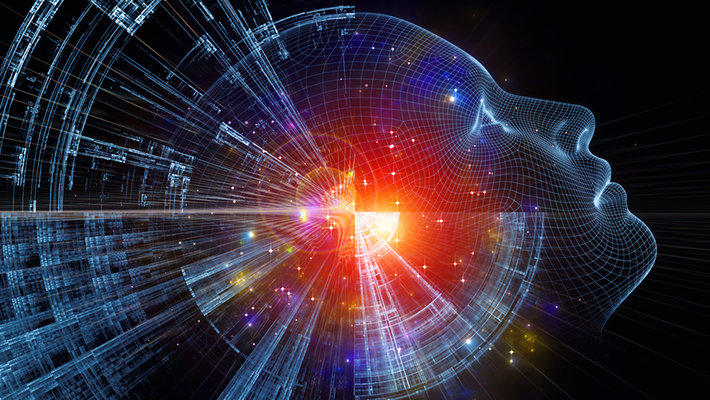Why Does It Have to Be “Science vs. Religion?”
Debates that pit science versus religion don’t usually end well. They can devolve into name-calling, sometimes on a national stage, the only winners being shoe salesmen who benefit from the windfall of heels overused, dug-in and worn-down by proponents on both sides.
So you may be relieved to know I’m not going there.
And yet, despite the inherent dangers (or maybe because of them), the science versus religion debate has wormed its way into a near-center-stage position on the national scene, even resulting in protests—who would have thought we’d see an age when people felt so pressed that they were motivated to protest for science?
But independent of the debate’s current incarnation and extending back several years, something has gnawed at me about aspects of what is termed “science.” I guess now is as good a time as any to comment on it and possibly even to slip in an opinion as to why these arguments get so contentious.
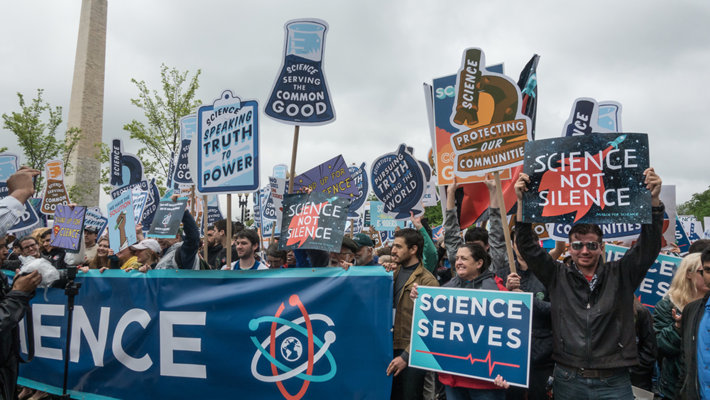
Let’s start with the definition of science. It generally includes two aspects as covered in the information happily served up by a Google search:
- the intellectual and practical activity encompassing the systematic study of the structure and behavior of the physical and natural world through observation and experiment.
- a systematically organized body of knowledge on a particular subject.
Science encompasses both.
Now, let’s get to my beef.
My concern is not with science in general but with those who add to its meaning the insistence that “science” by definition must include a belief that everything is explainable in purely physical, materialistic terms.
Perhaps arguments between religion and science generate the emotion and rhetoric that usually accompanies strong differences of belief because in some cases that’s what they are.
Somewhere along the line the mandate for science to deal with observable, repeatable phenomena to help increase our understanding and control of the real world has been conflated with a belief that everything in the world (and in life in particular) is explainable in purely structural or physical terms. They aren’t the same thing. Yet, the two ideas have become confused.
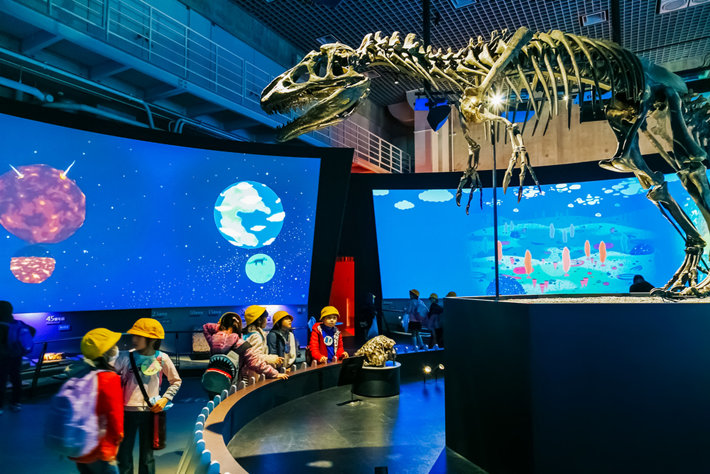
The latter is a belief just as is the belief that the world was created in seven days. Both the person espousing a belief in the seven-day creation and the person insisting that every aspect of life is purely physical, biochemical or electrical are stating beliefs.
Neither extend from observable, repeatable experiments and neither fit into the definitions of science we’ve seen above.
They are beliefs.
I’m not suggesting science should accept everything or in fact anything that’s been claimed by religion but neither should it define something as axiomatically “unscientific” if it allows for or suggests we might explore anything other than the simplistically physical. Science should take the path it finds, the path supported by the data and that gets results in the real world.
Which is why it’s hypocritical for people, supposedly defending “science,” to excoriate or dismiss religionists because they’re espousing a belief while at the same time defending a version of “science” that has embraced or is built around a belief.
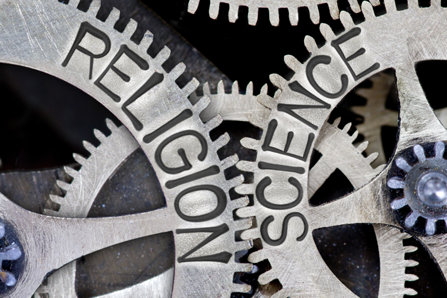
Perhaps arguments between religion and science generate the emotion and rhetoric that usually accompanies strong differences of belief because in some cases that’s what they are—though in one case, the belief has masqueraded as something beyond question, an intrinsic part of “objective” science.
Perhaps this seems like a subtle distinction without meaningful consequences, but it turns out the distinction does make a difference in the real world, and there are unfortunately many trails of misery stemming from the failure to distinguish between real science and “science” compromised by a foregone opinion that “all is physical.”
Psychiatry is an immediate, obvious example. It views and reduces all individual and interpersonal problems to strictly physical causes largely ignoring social, emotional and spiritual factors. This has resulted in a string of horrifying “treatments” that myopically concentrate on altering, destroying or interfering at a purely physical level while other aspects of existence are summarily neglected or sidelined. Most of these treatments end up reclassified as abuse if not torture, usually around the time a new, slightly updated physical approach becomes economically viable.
To name but a few:
- Ice baths.
- Administering typhoid antitoxin to produce fevers.
- Applying turpentine to the abdominal muscles to produce “sterile” abscesses (even in a field brimming with extremes, this sounds unbelievable).
- The entire gamut of shock treatments that intentionally induce grand mal seizures—something the rest of the medical profession strives to prevent—including the still widely used electric shock (now being used on children).
- Insulin overdose, also used as a shock mechanism to bring on convulsions while every other doctor was working to control insulin levels in their patients whose bodies didn’t do it naturally.
- Then there are multiple classes of drugs known to cause brain damage often resulting in irreversible Parkinsons-like tremors. In a remarkable reversal of logic, early psychiatric proponents claimed they needed to see evidence of brain damage (Parkinsons-like symptoms) to know they’d reached “therapeutic” drug levels. These are not, by the way, obscure drugs, but are the ones being prescribed to a staggering number of people.
- And perhaps the most extreme: lobotomy and all its variations that intentionally destroy brain tissue, inflicting damage the rest of the medical community endeavors to avoid.
And while the abuses of psychiatry have been widely documented—often times by their own—the purpose of this article is not to plot psychiatry’s failings.
Religion and science ultimately have no reason to be at odds. They are distinct aspects of the human experience.
The purpose is to suggest the kinds of tragedies that can follow when a “science” is constrained, even hamstrung, by belief in its own righteousness instead of being governed by observation and the scientific process.
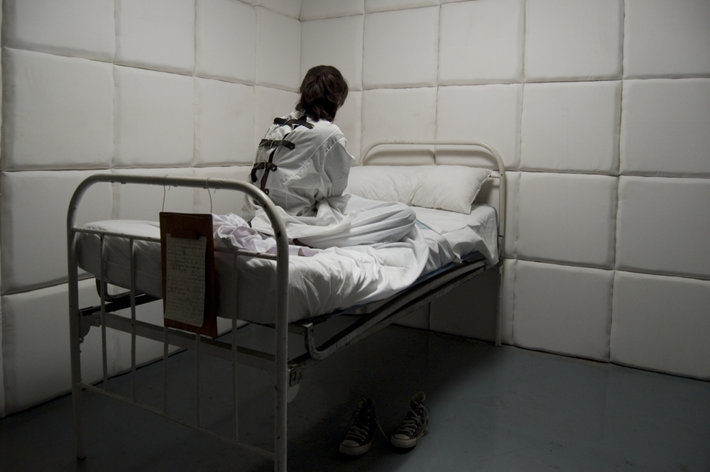
How much different would psychiatry’s history have been had it followed the science, wherever it led, rather than narrowly following a path predestined to see only purely physical “explanations” for everything while ignoring all indications and evidence to the contrary?
Interestingly, in the case of psychiatry, when science is applied, it reveals that psychiatric drugs work no better than placebo. The science also demonstrates that the chemical imbalance theory spouted in support of various drug marketing campaigns is at best unproven and at worse a sham. What’s more, humane versions of mental health treatment not premised on the purely physical have historically met with success.
If we want to use science to help solve our personal and community problems, we need to stop shackling it with an arbitrary belief. We need to let science do its job, to observe and use what is found.
Religion and science ultimately have no reason to be at odds. They are distinct aspects of the human experience. One deals with beliefs, ideals, purposes, goals and questions of “why.” The other deals with observations, principles of operation and questions of “how” aimed at giving us tools to better understand, control and enhance the world in which we live.
When science has been infused or confused with a belief, contention results.
The same could be said of religion—when it mandates itself into the world of science, problems arise, a phenomenon about which much has been written.
But the former—science adopting belief as fact—is less well covered and is equally destructive, particularly today.
Maybe it’s time we unshackle those “sciences” that have been handicapped by belief so they are free to do what science does best and let the data help us find a better course.







